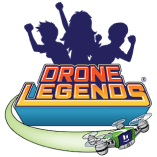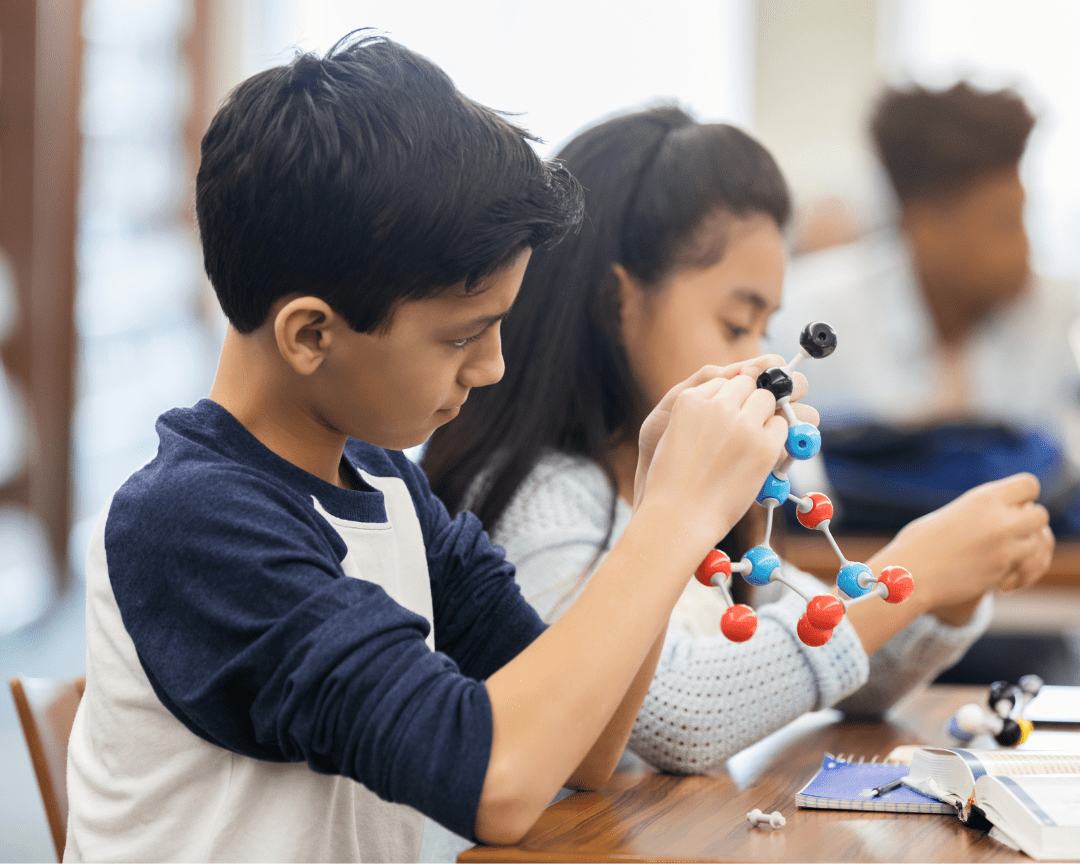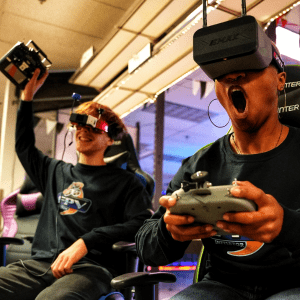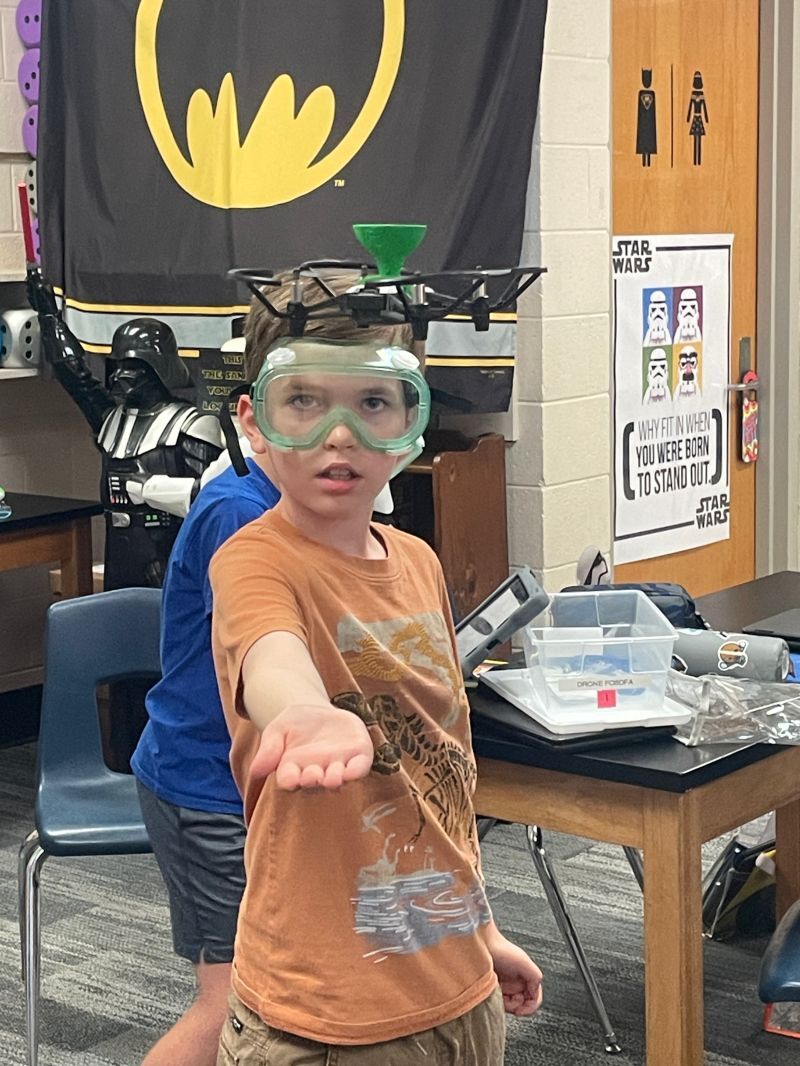Drones can help kids adopt a strong problem-solving approach to learning.
They try. They fail. They immediately see how and why they failed. They troubleshoot. They try again.
We love watching that grit grow, as kids need to persevere through problems and use all of their cognitive powers to find solutions.
Drones and problem-based learning addresses many challenges the modern teacher or program leader faces:
- How can we build tenacity?
- How can we simulate real-world experiences kids will face?
- How can we get kids (from all learning styles) to engage?
The answer: let them solve problems. And don’t make those problems too easy.
Let’s explore the fascinating possibilities of how drone learning helps kids problem solve.
What is Problem-Based Learning?
Problem-based learning (PBL) is a learning model that encourages students to discover solutions to open-ended problems. Instead of giving information to students as a means to memorize answers for expected problems, PBL first presents a problem to students that they must then solve in creative, logical, and collaborative ways.
How Does PBL Work?
According to Cornell University’s Center for Teaching Innovation, involving students in PBL allows them to develop important skills such as project management, critical thinking, research literacy, group communication (written and oral), and self-directed learning.
Presenting the problem before teaching relevant concepts gives students a new way of looking at a project.
A good problem-based learning model encourages kids to experience new challenges and increase their skills through trial and error.
Results of PBL
Some results of PBL include the following:
- Students experience a personal connection to learning concepts as they discover their strengths and capabilities
- Students learn teamwork, leadership, and interpersonal problem-solving
- Groups learn to address complex situations with a “can do” attitude
- Students build their abilities to formulate ideas, present hypotheses, and defend their conclusions
- Students become more resilient and learn to see failure as an opportunity to learn
- Learners are prepared to face real-world problems with more confidence
PBL is an engaging experience that develops many transferable skills in students of all ages.
Problem-based learning is the perfect way to equip kids to work with all kinds of machines.
“Dronagogy” = Drones and Problem-Based Learning
It goes without saying that, at Drone Legends, our favorite technology to use with PBL is drones.
There’s a new word for this (we didn’t make it up – but it’s cool).
Adapting the term pedagogy (the practice of teaching), drone-based learning or “dronagogy” is an engineering education term that’s starting to show up in elementary and middle school environments.
Dronagogy
Since we’re in what’s called the Fourth Industrial Revolution, there are emerging frameworks for creating better learning environments and curriculum.
In this context, dronagogy uses traditional and non-traditional teaching methods to introduce students to field-based activities and exercises.
Projects that use PBL to solve realistic problems such as military landings, field mapping, and in-flight video surveillance are made possible with drones. Nowhere else would students be able to experience first-hand team efforts to solve scenario-based problems like this.
We know that drone STEM curriculum fits well with this idea of hands-on problem-based, engineering-oriented learning:
- Drones are already widely used in many sciences, technology, engineering, and math fields.
- Almost every student in the world already wants to learn to fly unmanned aerial vehicles (UAVs), which have tons of STEM career possibilities.
Drones help educators make problem-based learning more exciting for kids.
Introducing PBL projects with drone education is easy to do and highly effective.
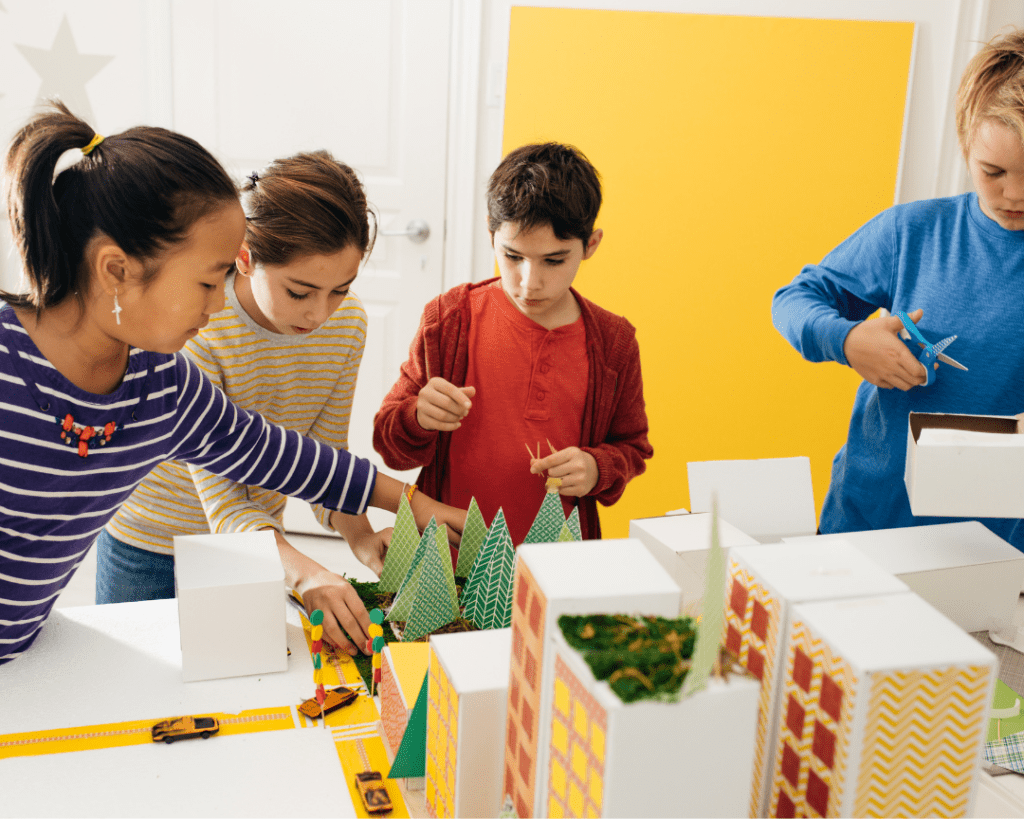
Drones + Problem-Based Learning
How does drone learning work to support PBL?
Educators use real-world problems that drones are already solving to paint a relevant picture of use cases. Drones are used in agriculture, law enforcement, fire fighting, environmentalism, farming, and tons more. It’s an easy conceptual bridge to construct.
Then, teachers or program leaders set up problems that students must use drones to solve.
At Drone Legends, our curriculum is formatted into missions, which do just what we described above: give kids a scenario with a MAJOR problem they have to creatively use the drone to solve. They have to figure out all of the ways to work it, look at it from all angles, and work collaboratively to execute their planned missions. Teachers scaffold, providing resources and support.
They often fail the first time or two. But then they don’t. And it’s in that overcoming that we see the Legend emerge. As kids tackle and conquer real problems, their confidence grows, and they gain an appreciation for what they’re capable of.
Teachers can use drones to bring authentic problem-based learning into the classroom.
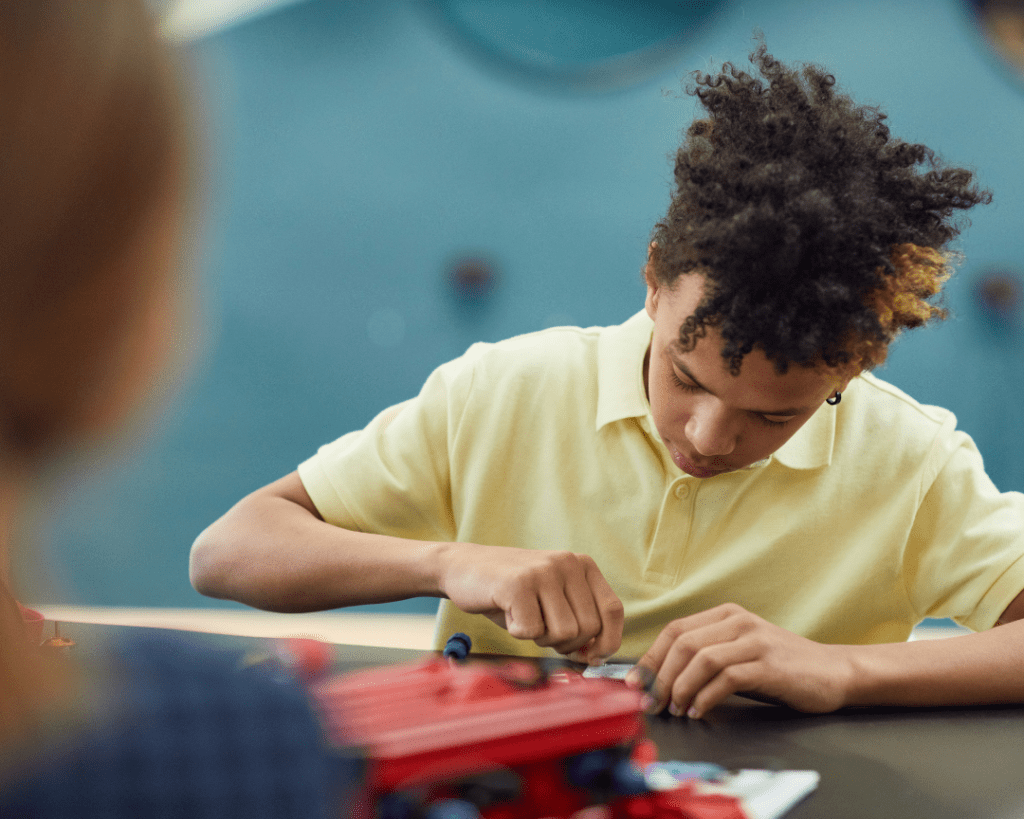
PBL is Applied in Projects
PBL is often applied to projects. Project-based learning equips teachers and students to experience learning through a lens of possibilities and potential, instead of a limited view of “these are the facts– don’t question them.”
From water quality assurance to building tiny homes, examples of PBL in action showcase students’ incredible capabilities when it comes to problem-solving for a project that truly interests them.
To run a PBL project successfully, kids must:
- Clearly identify the problem at hand
- Use questioning and reasoning to come up with solution ideas
- Collaborate as a team to test ideas and hypotheses
- Acknowledge the barriers to the solution and revise the action plan
- Practice self-directed learning (trial and error)
- Integrate and apply new findings to reach the best conclusion
- Discuss findings and feedback with the team and teachers
Team projects create the perfect environment for problem-based learning.
Drones are a great tool to encourage PBL not just in the classroom, but during anytime adventures as well.
A Trifecta: Drones, PBL, & Projects
The perfect combination of PBL, fun, and emerging tech is contained in STEM drone curriculum. And it’s not just a “niche” application.
The use of drones has taught IT and cybersecurity concepts to minority high school students in the United States via project-based learning. Kids as young as preschool can experience the wonders of drones in learning. This can sustain STEM interest through college and into a career.
Drone Legends missions require kids to try new things, program or code drones to perform tasks, and frequently wrestle with solving complex, multi-part problems. It’s the perfect way to encourage their ever-evolving cognitive and problem-solving skills.
How can you use drones in a problem-based learning model for your classroom?
If you see the potential and want to get started, reach out to Drone Legends.
Our hands-on curriculum lets teachers make our mission a reality. After all, Inside Every Child Lives a Legend™.
